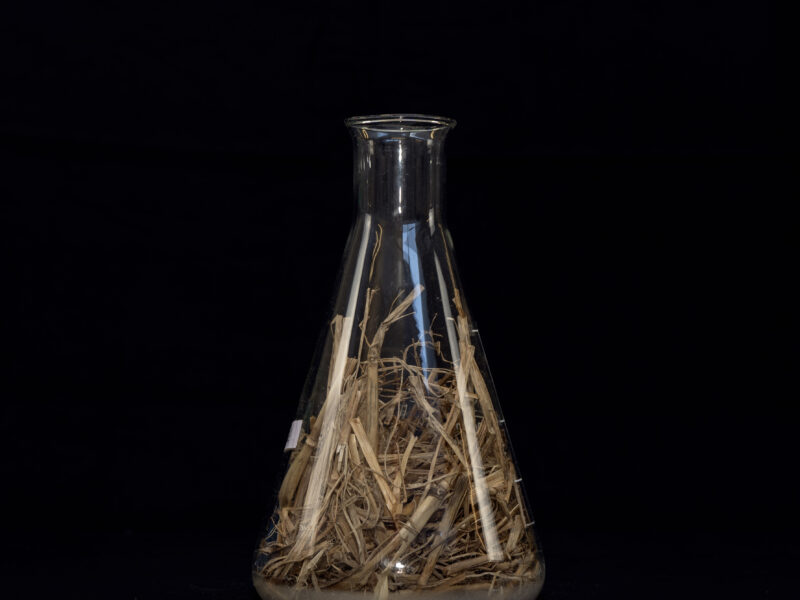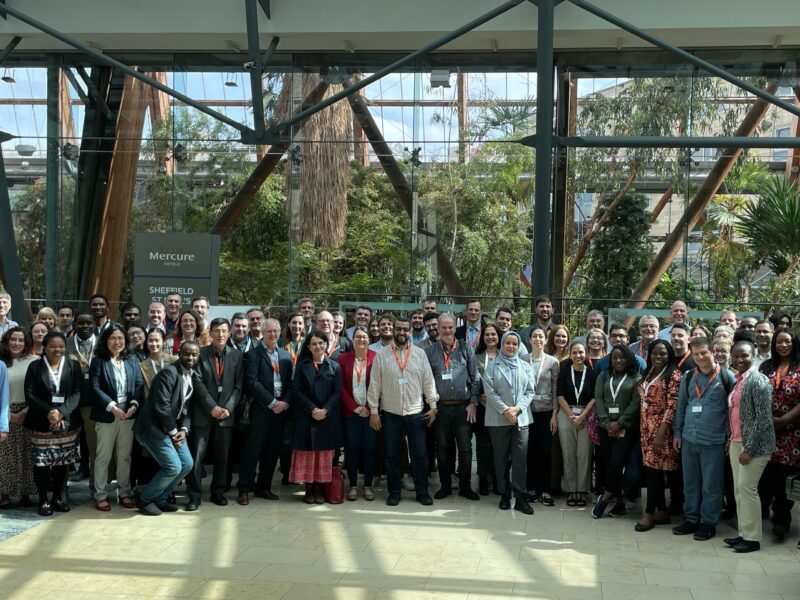Sounding out ultrasonic effects for lignin valorisation from organosolv and enzymatic processes (SULVOE)
- Project lead
- Madeleine Bussemaker
- Institute
- University of Surrey
Summary:
Lignin constitutes 20-30% of lignocellulosic biomass, a non-edible biomass containing three intertwined biopolymers – cellulose, hemicellulose and lignin. In the UK yearly production of lignocellulosic wastes from agricultural and forestry industries are ~1.3 million tons giving potential lignin availability of more than a quarter of a million tons. Hence lignin valorisation is imperative for economic viability of lignocellulosic biorefineries. Applications for (hemi)cellulose are well developed and historically research has focused on lignin removal without preserving the lignin structure. Lignin removal using harsh conditions changes the chemical structure and is considered low value. When extracted lignin is closer to the native lignin structure in the biomass the value is increased due to the potential use for mild and selective depolymerisation to high-value monomers for the fine chemicals, polymer and pharmaceutical industry. High value lignin can be produced with industrial biotechnology techniques, namely via enzymatic hydrolysis of the (hemi)cellulosic components where the resultant soluble and insoluble lignin fractions are known as cellulolytic enzyme lignin (CEL) and residual enzyme lignin (REL), respectively. Industrially, high quality lignin is targeted with novel methods such as Bio-Sep Ltd (BSL)’s ultrasonic-organosolv fractionation of lignocellulose that produces cellulosic pulp, a hemicellulose stream and BSL (organosolv) lignin. SULVOE will look at the feasibility of a novel lignin conversion technique using ultrasound and heterogeneous catalysis to concurrently enhance the solubility of CEL and REL, and produce value added monomers from different lignin types. A technoeconomic assessment will inform future development of the technique for other lignin sources.
Aims:
In this project we tested ultrasound and a novel heterogeneous catalyst to enhanced lignin valorisation pathways.
Outcomes:
The development of the catalyst, whilst low chemical cost, required high energy input. The catalyst was able to support novel oxidation pathways of model lignin compounds, albeit with low yields. Future work will focus on fine-tuning this process for maximal efficacy. We also found that ultrasound enhanced lignin extraction and showed that although small gains could be made these were unlikely to overcome the cost of an additional processing stage. Future work will explore if gains in lignin utilisation could overcome the additional costs.
Impact:
The work has laid stepping-stones for future work, and led to expansion of the consortium for future collaborations. Firstly, we are looking to continue the work through a PhD project (advertised now) and staff/student exchanges.
Academic partners: Madeleine Bussemaker, University of Surrey; Ciaran Lahive, University of Surrey / Groningen / NREL
Industrial partners: Kenneth Day, Bio-Sep Ltd







